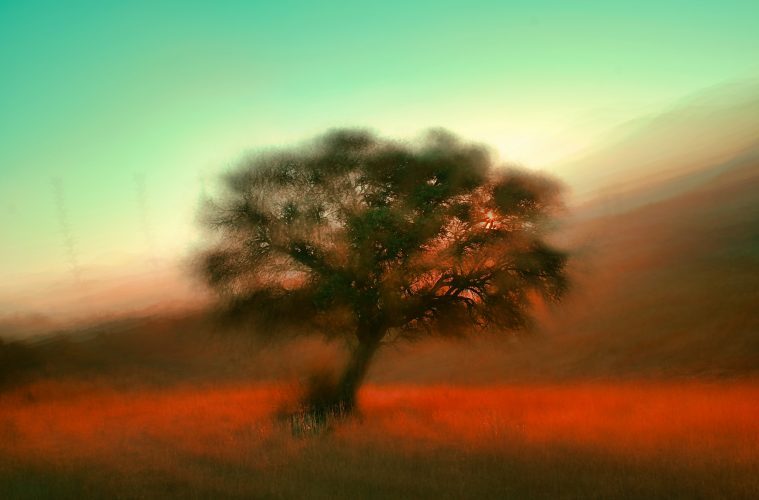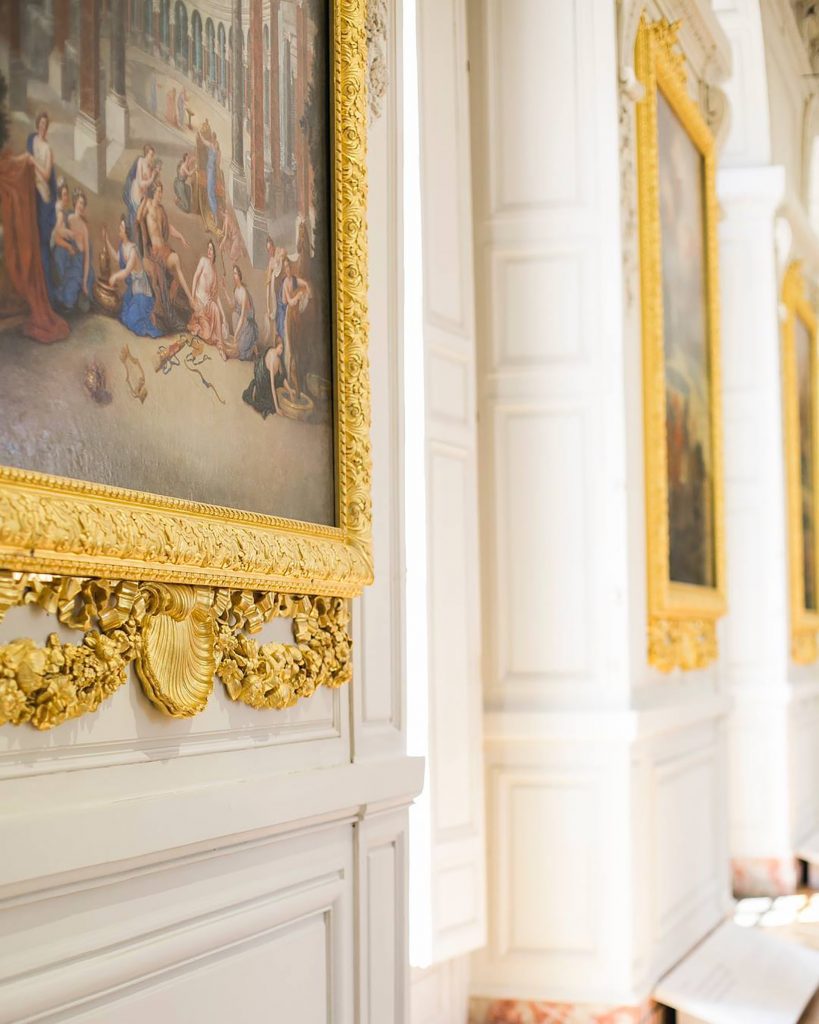While most photographers use backdrops to add some visual interest to their pictures, there are many other uses for backdrops. Photographers can use them for product photography, photo studio backdrops, wedding photography, baby and maternity photography, and even fashion photography, at times.

When a photographer steps out to take a picture, the first thing they check is the background. In fine art photography, keeping your background simple is a necessity. There are many things to consider, like the color, the material, and the size of the background. When it comes to professional photography, these are some key points to bear in mind when working alongside other photographers or professionals.
Besides the theory of photography, let’s talk about the magical wonders that fine art backdrops could do to your photoshoot and its outcomes. Here, let’s discuss all the various details of using a fine art backdrop.
Use it widely:
Using a fine art backdrop can give you a lot of opportunities to experiment with different styles and different genres of photography. These backdrops come in different materials, sizes, and colors.
Finding a suitable backdrop according to your need for the shoot can be a little challenging if you’re new to the concept of using a fine art backdrop, but if not, then you’re good to go. Sizes and the way you mount your backdrop are some of the basic concerns when setting up your shoot set, and definitely to bear in mind for a non-chaotic and smooth shoot process.
Textures and materials:
Textures and materials play an important role in determining the outcome of a particular photoshoot is going. It is important to choose the correct texture, material, and fabric for what your theme is going to be.
A solid matte vinyl backdrop with a gold design on it will compliment a fashion photoshoot as a backdrop flawlessly.
Similarly, if you’re shooting a new mother with her newborn, then pastel and light colors like rose pink or champagne in vinyl texture will really bring out the subjects in the frame. Textures can really influence the taste and flavors of your shoot.
Across all genres:
The scope of using a fine art backdrop in photography is quite broad. You can use it in fashion photography, family portraits, self-portraits, baby and maternity photoshoots, and also food or product photography, if it suits your style.
The way the texture and the design of these backdrops subtly blend into the theme of your choice is what is so magical about them.
Textured backdrops can look incredibly classy and rich without much effort. To utilize this quality to its maximum potential, you can use a fine art backdrop in as many different genres and across your expertise as possible.
Taking care of your backdrop:
This is one important point that can never be emphasized enough. Taking care of your backdrops if they are of texture and fabric material, is one way you can extend their life longer and add more value to them than you could have anticipated. Washing and drying instructions are to be followed strictly and storing them carefully is a necessity.
When your backdrop is being delivered to you, ask all the important questions about rolling them, or folding them and whether they are susceptible to water damage, etc. These questions and their answers will help you maintain your backdrop for a longer time and make full use of it.
In conclusion, we see that using a fine art backdrop is not a joke but also that its outcomes can be mind-blowing and really change the whole dynamic of a photoshoot if used correctly.
When a photographer is just beginning, a fine art backdrop will not be on the top of their list to be used but as they proceed, they will realize that they can do so much more with the help of textures and fabrics, hence why, these fine art backdrops leave such a nice impression on their work and the photographs.



